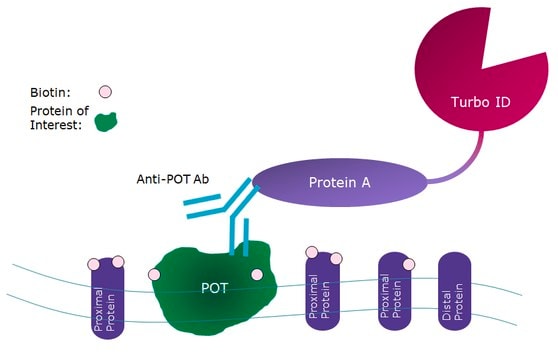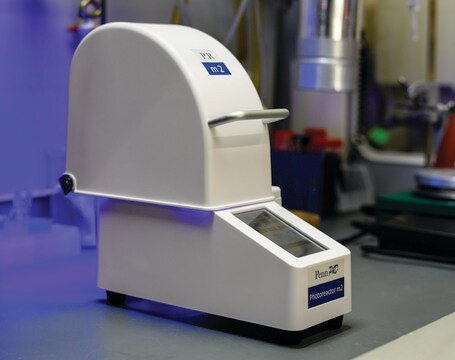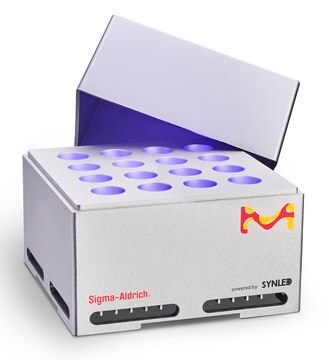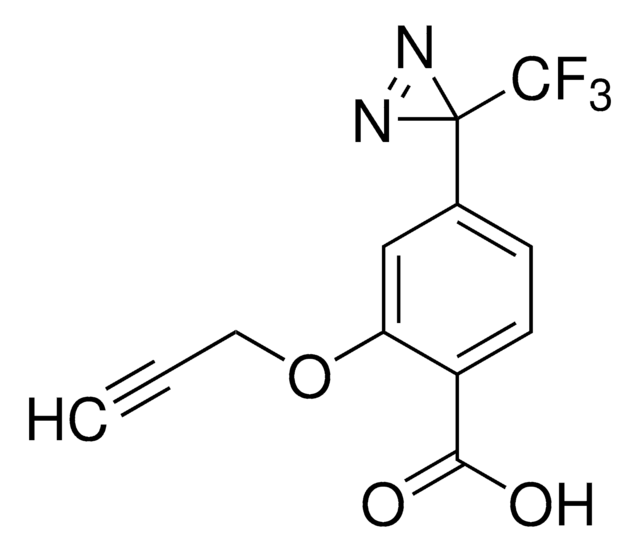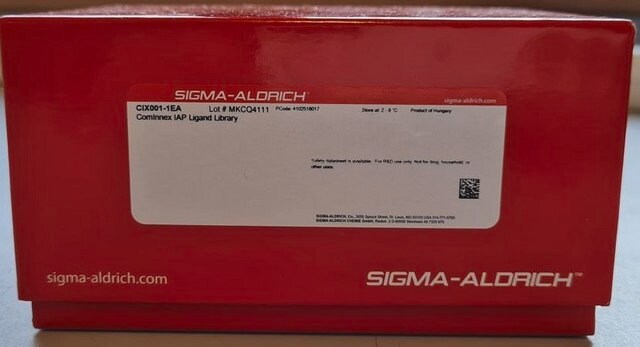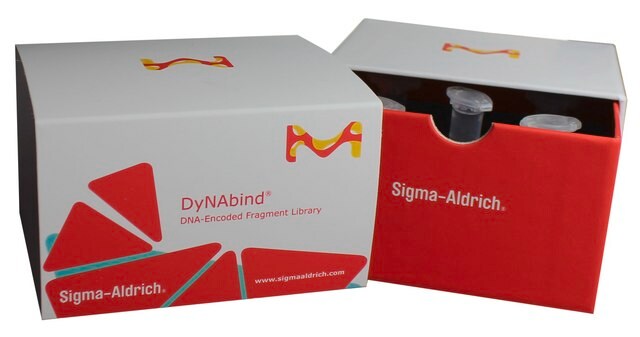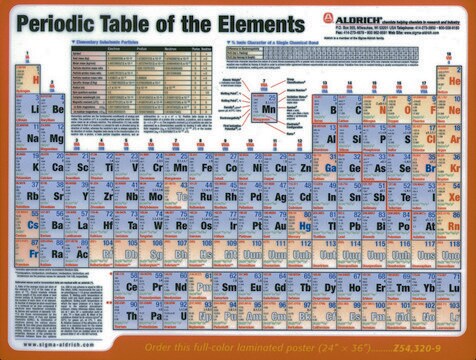ATLASKIT
AtlasKit
Sinónimos:
Antibody-photocatalyst conjugate labeling, Microenvironment mapping technology, Photoinduced proximity labeling kit, Protein-protein interaction elucidation technology
Iniciar sesiónpara Ver la Fijación de precios por contrato y de la organización
About This Item
UNSPSC Code:
12161503
NACRES:
NA.22
Productos recomendados
storage temp.
−20°C
General description
The Atlas MicroMap Kit is a highly precise proximity labeling platform for elucidation of protein-protein interactions on cell membranes. Using an antibody specific to a protein target, the Atlas MicroMap kit crosslinks proteins within a 4 nm radius to identify only those that are within the proximity of the target of interest. The kit contains necessary reagents for performing photoinduced proximity labeling using the Atlas system. The procedures are adopted from those published by the MacMillan Lab in Science . Two sizes of kit are available providing enough antibody conjugate for either 10 reactions (AtlasKit-A) or 20 reactions (AtlasKit-B).
The kit provides a step-by-step procedure for conjugating your antibody to a photocatalyst that localizes light-mediated crosslinking to the antibody′s target and surrounding proteins. First, an azide-containing linker is appended to your antibody that ″clicks″ on an iridium photocatalyst. The resulting antibody-photocatalyst conjugate is added to live cells along with a biotinylated diazirine reagent. Analogous to a satelite, the photocatalyst localizes carbene generation from the diazirine and thus covalently modifies surrounding proteins. The biotin tag allows for enrichment of photo-labeled proteins. As shown in Geri et al., the extent of this photo-induced labeling is within a 4 nm radius of the photocatalyst, providing advanced precision for mapping protein interaction networks.
Read more about micromapping in our Technology Spotlight
Protocol available here
Included:
Not included:
Photoreactors commercially available:
The kit provides a step-by-step procedure for conjugating your antibody to a photocatalyst that localizes light-mediated crosslinking to the antibody′s target and surrounding proteins. First, an azide-containing linker is appended to your antibody that ″clicks″ on an iridium photocatalyst. The resulting antibody-photocatalyst conjugate is added to live cells along with a biotinylated diazirine reagent. Analogous to a satelite, the photocatalyst localizes carbene generation from the diazirine and thus covalently modifies surrounding proteins. The biotin tag allows for enrichment of photo-labeled proteins. As shown in Geri et al., the extent of this photo-induced labeling is within a 4 nm radius of the photocatalyst, providing advanced precision for mapping protein interaction networks.
Read more about micromapping in our Technology Spotlight
Protocol available here
Included:
- Conjugation reagents and buffers, photocatalyst, photo-reactive diazirine-biotin, fluorescent standard for validation
Not included:
- Antibodies (primary, secondary, isotype)
- Light-irradiating photoreactor (suggestions below)
- Protein concentration assay (BCA assay recommended)
- Plate reader
- Spin desalting columns (7K MWCO, 2 mL recommended)
Photoreactors commercially available:
Application
Proximity protein labeling, protein-protein interactions, photoaffinity labeling, proteomics
Biochem/physiol Actions
Kit of components packaged in individual vials for enabling photoinduced proximity labeling. Kit includes reagents for antibody conjugation, click chemistry, and photo-labeling of protein. Chemistry is compatible with customer-specific antibody (not supplied as part of kit) for proteins of interest. Kits are available for either 10 reactions (AtlasKit-A) or 20 reactions (AtlasKit-B).
Storage Class
10 - Combustible liquids
Elija entre una de las versiones más recientes:
Certificados de análisis (COA)
Lot/Batch Number
Lo sentimos, en este momento no disponemos de COAs para este producto en línea.
Si necesita más asistencia, póngase en contacto con Atención al cliente
¿Ya tiene este producto?
Encuentre la documentación para los productos que ha comprado recientemente en la Biblioteca de documentos.
Nuestro equipo de científicos tiene experiencia en todas las áreas de investigación: Ciencias de la vida, Ciencia de los materiales, Síntesis química, Cromatografía, Analítica y muchas otras.
Póngase en contacto con el Servicio técnico